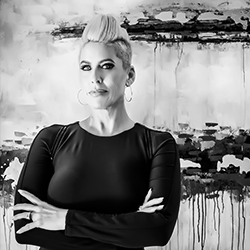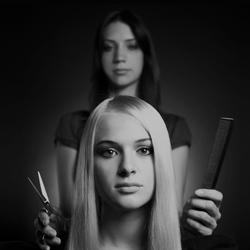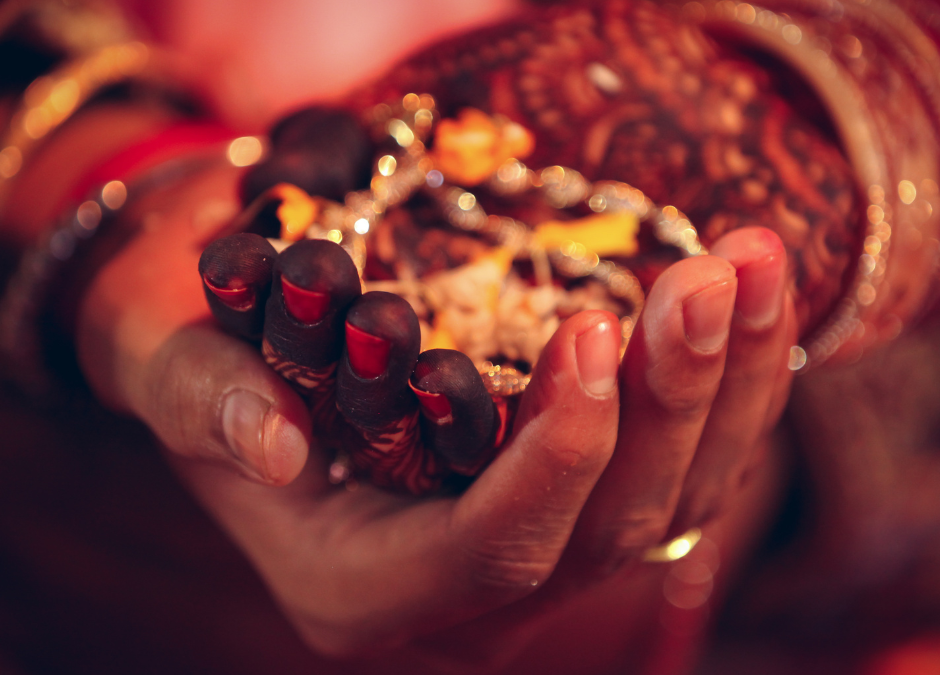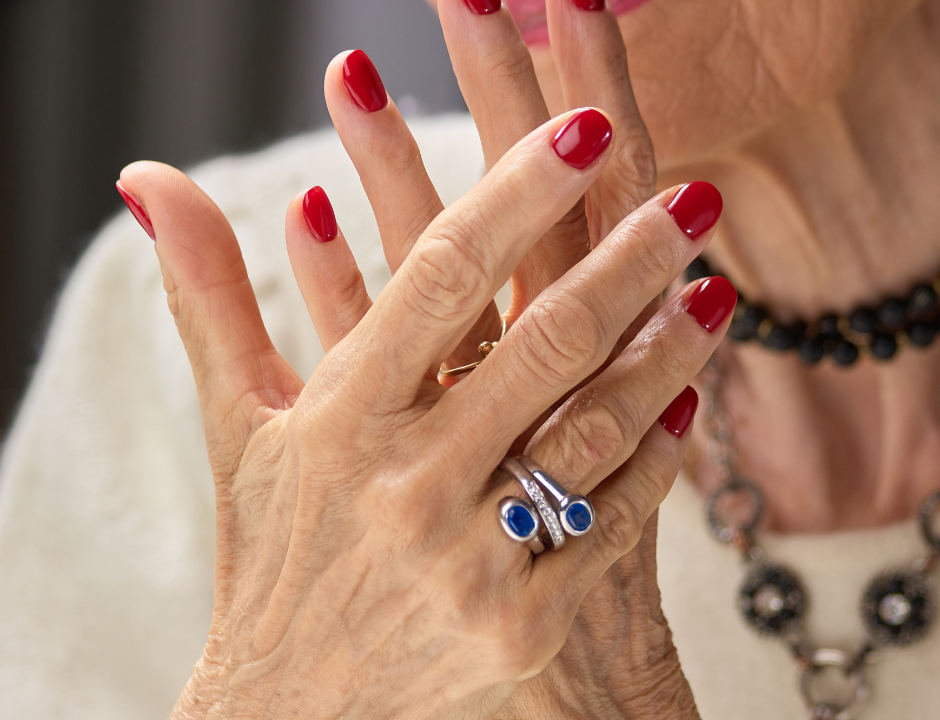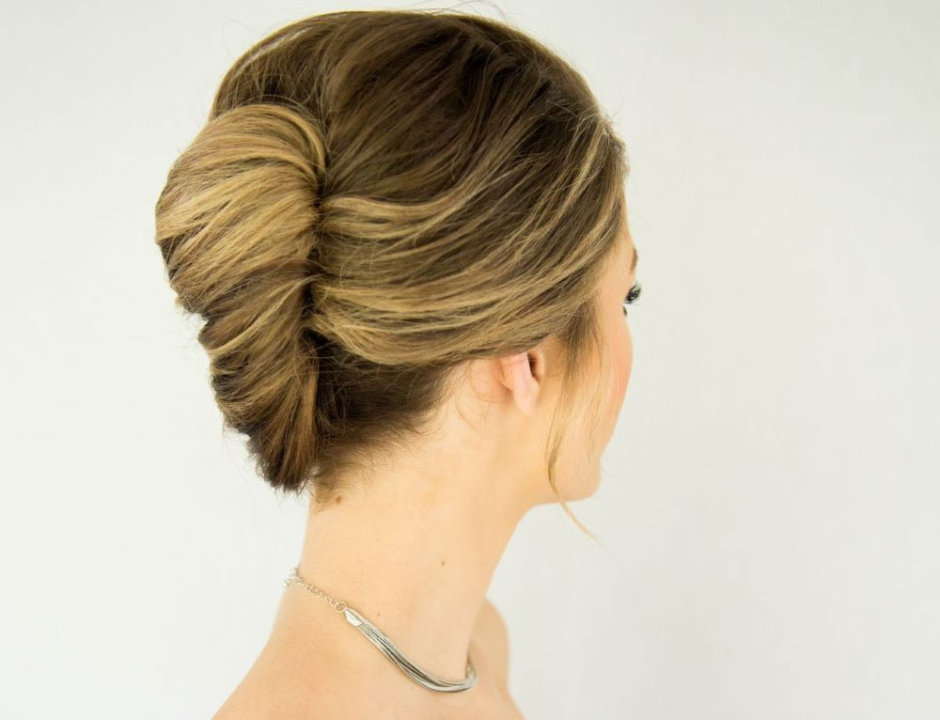Indian Wedding Traditions

Romantic Hairstyles
09/15/2023
Nail Looks for the Over-50s
09/15/2023Did you know that Indian Weddings are not all the same? There are more than thirty distinct cultures and it is important to understand the type of Indian family the wedding is for. Are they from North India, South India, or Punjabi? Regardless, each celebration brings its own qualities and spirit.
Planning an Indian Wedding is not for the faint hearted, it takes a lot of work to plan one. Within each wedding ceremony there are over 40 different rituals that take place. If not well prepared, it can be very overwhelming.
We explored some of the rituals and here are some we’d like to share:
The Pithi
A ritual performed separately at the bride’s and groom’s homes meant to bring good luck. A paste made from chick flour, rose water and turmeric is applied to their skin. The paste is yellow and thick which brightens their skin and bestows blessings upon them.
The Engagement
There is an agreement between both families and this is known as the engagement. During this time, the wedding date is set. The wedding rituals start 15 days before the actual wedding and begins with Barni Band-hwana. A ritual where a piece of thread is tied to the hands of the bridge and groom. The parents then bless them.
The Indian tradition wedding has three separate events. The Sangeet & Mehendi, the wedding ceremony and the reception.
Sangeet and Mehendi
Sangeet is a ceremony where the relatives and friends of the couple get together to know each other. This ceremony takes place at the bride’s home. In this ceremony, the bride and her female family members take part in the Mehendi rituals. This ritual is when the application of henna is applied to the bride’s hands and feet. Interestingly, the stronger the colour of henna, the stronger the bond is with the newlyweds and the deeper the henna colour, the better the relationship with the mother-in-law.
The wedding invitations
Wedding invitations are only for the family close and close family friends.
Indians believe celebrations are to bring families and close friends together. The friends invited are the ones the families can call the real friends of the family. A typical Indian wedding have about 300 – 500 guests from both families.
The wedding procession
The groom’s procession is called the Baraat. He arrives to songs and dance from family and relatives that surround him. He meets the bride and her family at the entrance of the venue. The bride’s mother welcomes the groom and the rest of the family exchange pleasantries.
The bride and the groom exchange Milni Mala, floral garlands, to wear around their necks. This is a symbol of their acceptance of one another. The groom is then led to the altar to wait for the bride.
The wedding ceremony under the Mandap
Hindu weddings wedding venue is under a canopy known as Mandap. It is either placed indoors or outdoors. The Mandap features themed decor of colourful flowers, fabric and curtains. The maternal uncle walks the bride down the aisle as the father of the bride waits at the altar. The wedding ceremony begins with the bride’s parents giving away the bride. This ritual is the Kanya Daan.
Wedding dressing
The Indian bride is not dressed in white, as this colour is for mourning according to their culture. So, in a Hindu wedding, bright, vibrant colours are used and accessorized with gold jewellery. The bride’s forehead and neck are also adorned with lots of jewellery. The bride has three or four dresses for different rituals. These dresses known as Lehenga are long skirts with a matching tops and scarves.
On the wedding day, the Indian bride wears a red or pink sari which represents happiness and good luck. The Sari is 6 foot fabric adorned with crystals and real 24 karat gold thread. The groom wears a long shirt extended to the knees, a Kafni with Pijamo leggings and a turban which is optional.
The wedding reception
Indian wedding ceremonies are full of food and fun. An Indian wedding menu has up to ten starters, five mains along with rice, salad, yogurt and naan bread. The food never runs out in an Indian wedding. It is replenished all night with songs and dance accompanying the food. The wedding photoshoot continues through the event capturing all the detailed rituals.
The day after the wedding, the Bou Bhat ritual takes place. The groom’s family and the close bride’s family come for lunch at the couple’s home. During this event, the bride is formally welcomed into the family. The groom takes a pledge to provide for her food and clothing. To fulfil the pledge, he serves her food and gives her a new sari. Sari is a treasured fabric among the Hindu.
The married life blessings
Sometime after the wedding, the Aashirwad ceremony takes place. In this ceremony, the groom’s family, the bride’s family plus their close relatives visit the couple. Parents, aunts and uncles from both sides offer their blessings to the couple. The bride receives gifts of gold or diamonds by the groom’s parents. This ritual is the culmination of a marriage in an Indian culture. They always start with blessings and end with them. What a beautiful way to marry!


